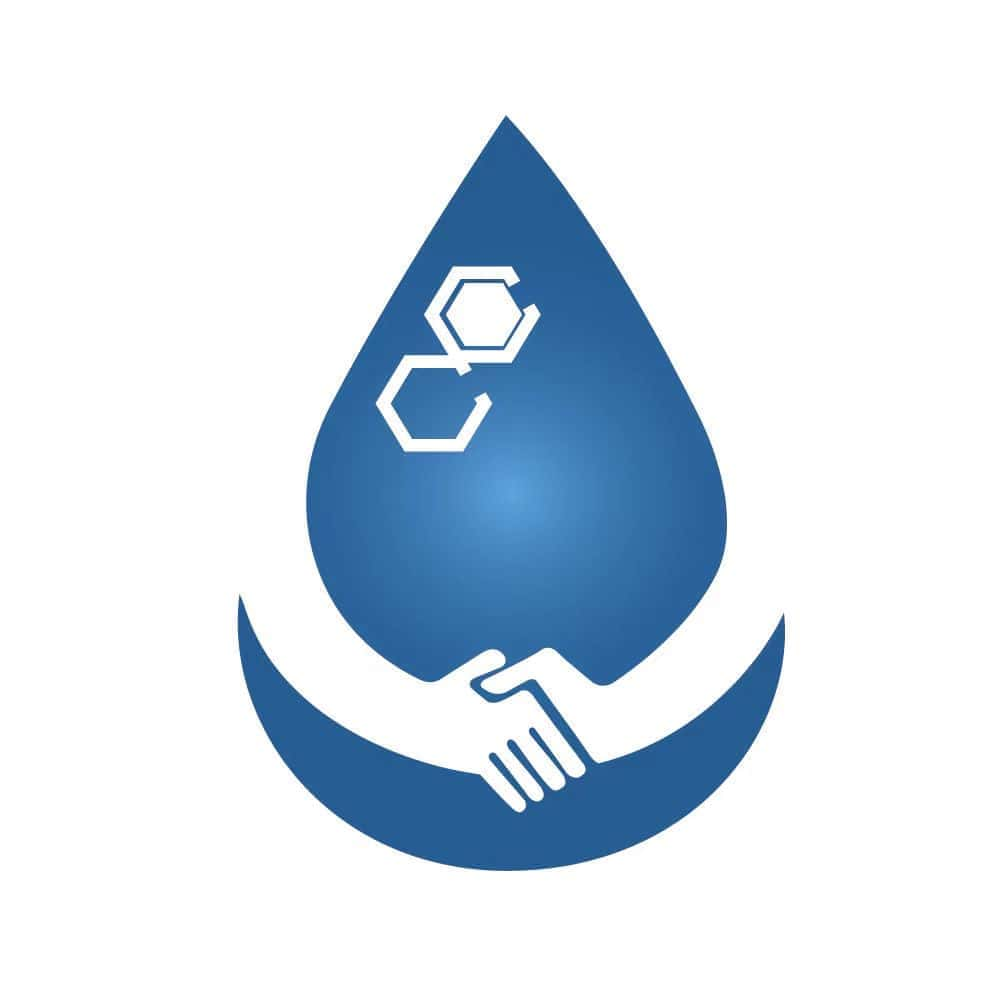A settling agent, also known as a flocculant, is a chemical used to accelerate the settling of suspended particles in a liquid. In the context of mining, settling agents are crucial for improving the efficiency of ore processing and tailings management.
Mechanism: Settling agents work by promoting the aggregation of fine particles into larger flocs, which settle more quickly due to their increased size and weight. This aggregation reduces the time required for particles to separate from the liquid phase.
Types of Settling Agents: There are two main types of settling agents:
Anionic Flocculants: These are negatively charged and work well with positively charged particles, commonly used for fine clay and mineral processing.
Cationic Flocculants: These are positively charged and are effective with negatively charged particles, used in various applications including dewatering and clarification.
Applications: Settling agents are used in various stages of mineral processing, including thickening, clarifying, and dewatering processes. They help improve the clarity of process water, reduce the volume of tailings, and enhance the overall efficiency of ore processing.
Optimization: The choice and dosage of settling agents should be optimized based on ore characteristics and processing conditions. Laboratory tests and pilot-scale trials can help determine the most effective type and concentration of settling agent for a given application.
- Random Content
- Hot content
- Hot review content
- Toxicity Assessment of Sodium Cyanide and Relevant Hazard Prevention Measures
- Antimonium Tartrate Potassium
- Barium carbonate 99% powder
- Dodecylbenzenesulfonic acid
- Fertilizer magnesium sulfate/magnesium sulfate monohydrate
- Phosphoric Acid 85% (Food grade)
- Phthalic anhydride
- 1Discounted Sodium Cyanide (CAS: 143-33-9) for Mining - High Quality & Competitive Pricing
- 2Sodium Cyanide 98% CAS 143-33-9 gold dressing agent Essential for Mining and Chemical Industries
- 3Sodium Cyanide 98%+ CAS 143-33-9
- 4Anhydrous Oxalic acid 99.6% Industrial Grade
- 5Oxalic acid for mining 99.6%
- 6Soda Ash Dense / Light 99.2% Sodium Carbonate Washing Soda
- 7Reagent Grade/Industrial Grade Hydrochloric Acid min.31%
- 1Sodium Cyanide 98% CAS 143-33-9 gold dressing agent Essential for Mining and Chemical Industries
- 2High Quality 99% Purity of Cyanuric chloride ISO 9001:2005 REACH Verified Producer
- 3 High-Quality Sodium Cyanide for Leaching
- 4Powdery emulsion explosive
- 5Industry Grade Electron grade 98% Sulfuric Acid H2SO4 Sulphuric Acid Battery Acid Industrial Sulfuric Acid
- 6Colloidal emulsion explosive
- 7sodium hydrosulfide 70% flakes used Mining Industry












Online message consultation
Add comment: